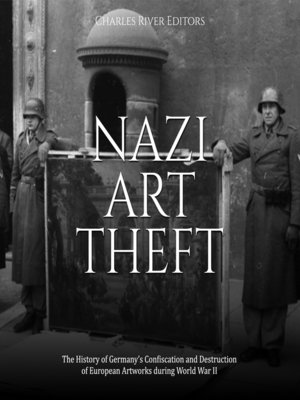Nazi Art Theft
audiobook (Unabridged) ∣ The History of Germany's Confiscation and Destruction of European Artworks during World War II
By Charles River Editors

Sign up to save your library
With an OverDrive account, you can save your favorite libraries for at-a-glance information about availability. Find out more about OverDrive accounts.
Find this title in Libby, the library reading app by OverDrive.



Search for a digital library with this title
Title found at these libraries:
| Loading... |
Looting and the acquisition of plunder have long been crucial features of war. Removing an enemy's portable wealth is a way of ensuring they lack the resources to create a new army while making it possible for members of the victorious army to be suitably rewarded. In the past, that plunder tended to be in the form of coinage, precious stones, gold, and silver. The removal of artwork for its own sake (rather than for the intrinsic value of the materials from which they were made) was relatively rare.
In the long history of Europe, no country established such complete domination of the continent as the Nazis had by the summer of 1941. Before the war, Germany used the threat of the army rather than direct conflict to achieve territorial gains in Austria and Czechoslovakia. In September 1939, Germany invaded Poland, triggering the war, and by June 1940, German forces had occupied Poland, Norway, Denmark, Belgium, Luxembourg, Holland, and large parts of France. By the spring of 1941, Greece, Serbia, and Yugoslavia were also occupied by Nazi forces. Italy, Hungary, Romania, Spain, Bulgaria, Slovakia, Finland, and Croatia were all either in alliance with Germany or subject to German control. Furthermore, by the winter of 1941, German forces were close to Leningrad and Moscow.
Given their unlimited and virtually uncontrolled access to most of Europe, it is perhaps unsurprising that this would also lead to consideration of the acquisition of art. If Berlin was to become the new world capital, then surely it was reasonable to assume Berlin should display the world's most important works of art. With nothing to stop them, the Nazis became the most rapacious looters of art the world had ever seen, to the extent that it has been estimated that the Nazis may have acquired up to 20% of all art in Western Europe. Some works were returned after the war, many disappeared, and still others have become the subject of intense speculation.






